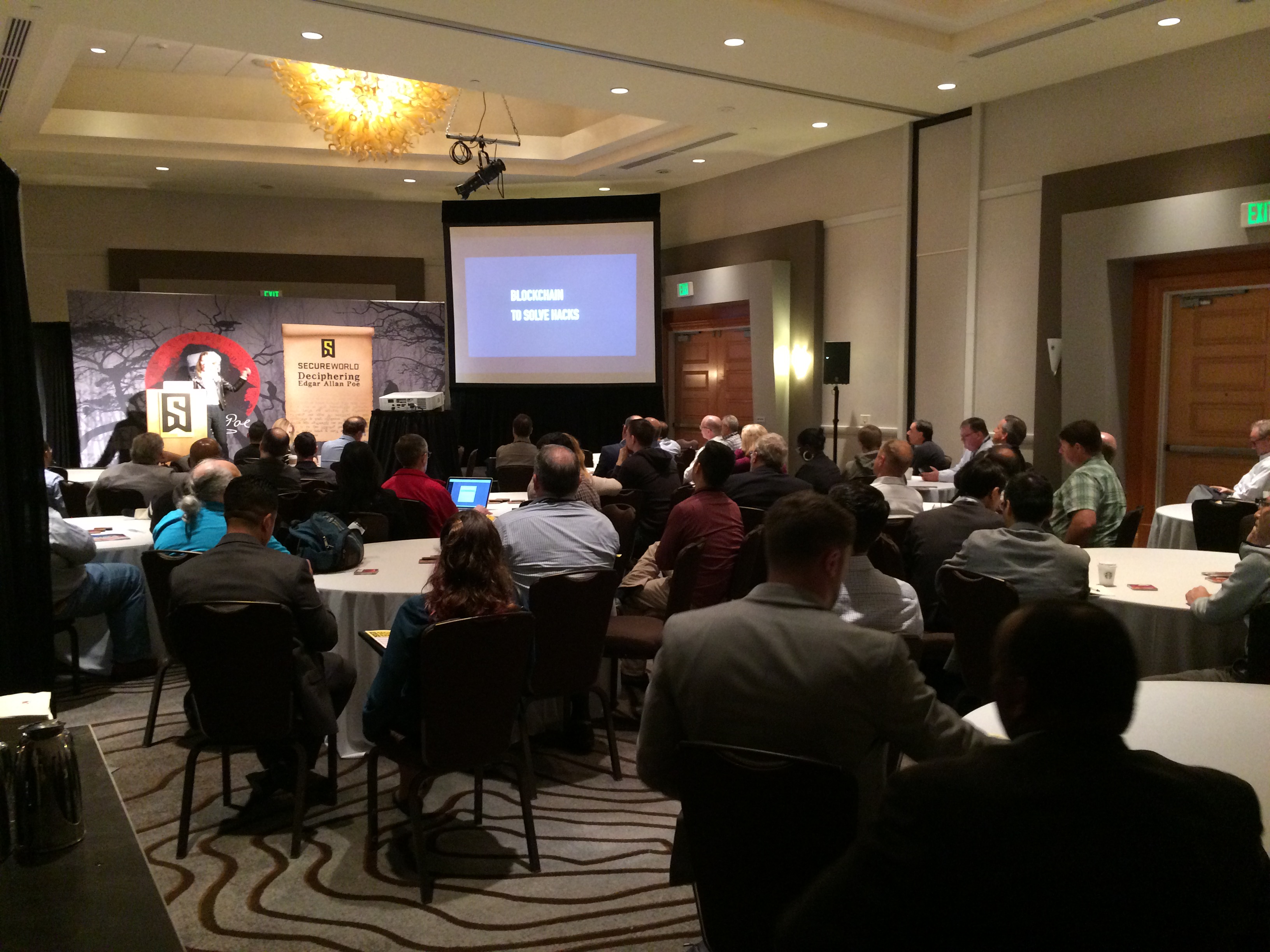"This new malicious actor is consumed with the religious extremism of the crusades and armed with a full arsenal of technological weaponry that can bring an attack directly to the doorstep of every organization, man, woman and child in the United States and Europe. Cyber-Jihad has quickly arrived on the scene and will only continue to grow and hyper-evolve," a report from the Institute for Critical Infrastructure Technology reads.
Digital Doomsday
Welcome to the new reality, where a digital doomsday caused by terrorists is not just a scare tactic, but a serious threat. Just a few short years ago, terrorist groups for the most part were not capable of carrying out a devastating cyber attack. However, the emergence of the Dark Web, along with new recruiting techniques, has opened the door to cyber warfare with implications never before seen.
Recruiting Hackers
Perhaps the most technologically advanced of the terrorist groups is the Islamic State. ISIS recruits foreign members online through social media platforms, which has opened the door to technologically savvy members who are easy to train.
"Vindictive upstarts and script kiddies are able to rapidly hone their skills under the tutelage and assistance of hackers operating ISIS's Cyber Help Desk and big targets become easy prey with step by step, point and click cyber attacks in this ideologically driven crusade," the report reads.
The recruitment and training is only half of the problem. The Dark Web is a place where you can purchase any type of cyber attack from anywhere in the world, and the terrorist group does not appear to be cash-strapped. In January, reports surfaced that ISIS was offering upwards of $10,000 to Indian hackers in exchange for stolen government information.
"There are various underground communities online where hackers interact regularly. Our investigation reveals that for the past six months, lucrative offers for stealing government data came pouring in and hackers were offered a huge sum. Such amount has never been offered to any Indian hacker before. We found that the offers were being made to spread ISIS reach in the country," Kislay Choudhary, cybercrime expert, told the Daily Mail India in January.
The Consequences
A massive cyber attack on a major city could leave people without electricity, clean water, or worse.
"Cyber-terrorist groups can use layered attacks to devastating effects. For instance, a group could hire a hacker to cause chaos in a city by disrupting its traffic system or water flow or it could conduct a physical attack to inflict losses and incite panic. After emergency services were burdened with casualties and the injured, the terrorists could launch DDoS and ransomware attacks against hospital and emergency response services. The extremists could use malware to steal confidential information from the infected systems while law enforcement attempted to respond to the attacks. Next, attacks against the SCADA and ICS systems supporting the local electric grid could further plunge the target city into turmoil," The ICT report lays out the possible consequences.
Authors of the report point out that the best cyber defense to prevent this type of attack is a layered defense. Several different tools must be used, but the most important remains highly trained, vigilant employees.




